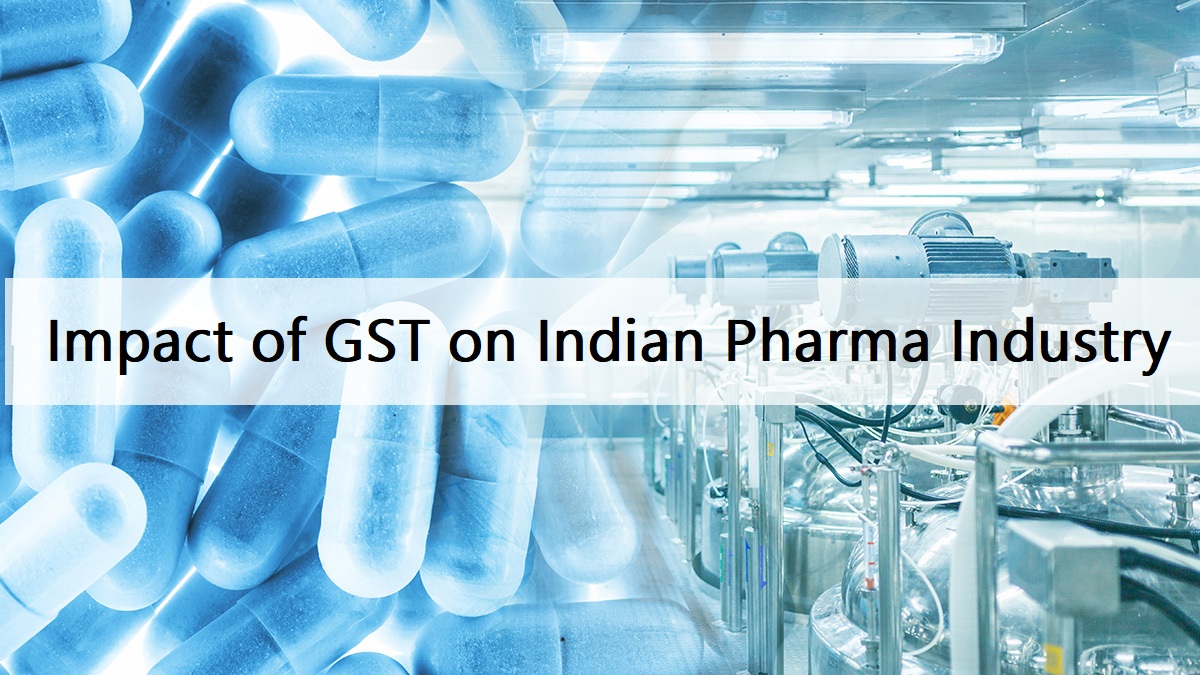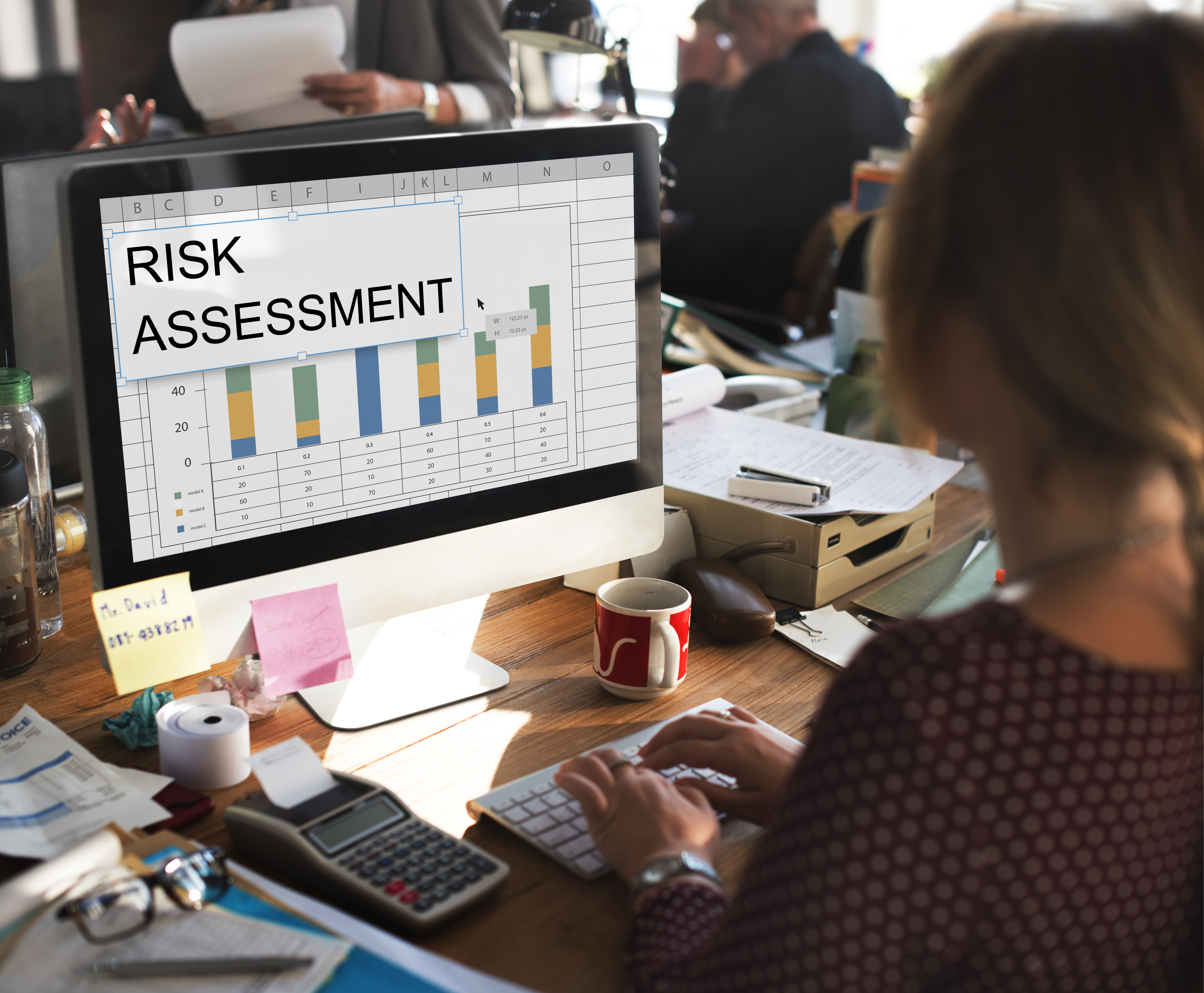The Goods and Services Tax (GST) has had a significant impact on the Indian economy, and the pharmaceutical industry is no exception. The implementation of GST has brought about several changes in the way pharmaceutical companies operate, from supply chain management to pricing strategies.

In this blog, we will explore the key ways in which GST has impacted the pharmaceutical industry.
- Increased tax rate on drugs: Under the previous tax system, pharmaceutical products attracted a tax rate of 5% to 6%, depending on the state. With the introduction of GST, the tax rate on drugs increased to 12%, which has impacted the pricing of drugs. This has led to concerns among patients, especially those suffering from chronic diseases, who may find it difficult to afford the increased prices of medicines.
- Simplified tax structure: The GST system has simplified the tax structure for pharmaceutical companies. Under the previous tax system, pharmaceutical companies had to deal with multiple taxes, such as excise duty, value-added tax (VAT), and central sales tax (CST). The GST system has consolidated all these taxes into a single tax, which has made it easier for companies to comply with tax regulations.
- Reduced logistics costs: GST has streamlined the supply chain management system for pharmaceutical companies. Under the previous tax system, companies had to maintain warehouses in multiple states to avoid paying multiple taxes. With the introduction of GST, these warehouses can be consolidated into a single location, which has reduced logistics costs.
- Reduction in the overall cost of technology – Under the previous regime, the healthcare sector’s machinery was very costly. Also, the duty charged on the same was not allowed as a tax credit. However, under GST, the IGST component will be allowed as a tax credit.
- Improved operational efficiency. Previously, eight types of taxes were levied on the pharmaceutical industry. However, the GST combined all these taxes into one, eliminating the cascading effect of many taxes. GST also streamlines the supply chain to improve operational efficiency.
Categorization of medicines and medical goods
The GST Council has categorized medicines and medical goods under three tax slabs: Nil, 5%, 12%, and 18%.
NIL GST Rate on medicines and medical Goods Human blood and its components by products used in medicine, all kinds of contraceptives, sanitary napkins or tampons.
The 5% GST rate is levied on essential medicines and medical goods that are necessary for the treatment of various diseases. This includes animal or human blood vaccines, insulin, oral rehydration salts, diagnostic kits for detection of all types of hepatitis, among others. Milk food for babies and COVID-19 diagnostic test kits are also levied with a 5% GST rate. This low tax rate has made essential medicines and medical goods affordable and accessible to the general public.
The 12% GST rate is applicable to medicines and medical goods that do not fall under the essential category but are still necessary for the treatment of various diseases. This includes medicaments comprising two or more constituents, wadding, bandages, gauze, and similar articles, impregnated or coated with pharmaceutical substances, and instruments and appliances used in surgical, medical, dental, or veterinary sciences.
The 18% GST rate is levied on products that are not directly related to the treatment of diseases but are used in the healthcare industry. This includes surgical, medical, dental, or veterinary furniture, such as operating tables, hospital beds, examination tables, etc., and organic surface-active products and preparations for washing the skin, whether or not containing soap.
The GST implementation has brought in transparency and accountability in the pharmaceutical industry. It has also helped to streamline the supply chain, reduce logistics costs, and improve efficiency. However, some challenges persist, such as the compliance burden on small and medium-sized pharmaceutical companies, the lack of clarity on the classification of certain products, and the tax treatment of free samples and promotional items.
GST on unsold or expired medicines
When medicines reach their expiry date and remain unsold, they are returned to the manufacturer through the supply chain. The retailer or wholesaler has two options for handling the returned goods.
The first option is to treat the returned goods as a fresh supply, which involves destroying the expired goods and recording the return of expired goods as purchases. In this case, the manufacturer will reverse the ITC availed on such goods because no ITC will be available on destroyed goods.
The second option is to issue a credit note for the returned goods. The supplier can only adjust the tax liability if the person returning the expired medicines has not availed ITC. If ITC has been availed, it must be reversed.
The implementation of GST in the pharma industry has had both positive and negative impacts. While it has streamlined the taxation system and reduced the cascading effect of taxes, there have also been challenges in the implementation of GST, such as the classification of medicines and the availability of ITC on expired goods.
Here are some frequently asked questions and answers related to GST in the pharma industry:
Q: Is there any exemption from GST for pharma companies?
Ans: Yes, some exemptions are available for pharma companies under GST. For example, exports of medicines are zero-rated under GST, meaning that no GST is applicable on exports. Additionally, certain medicines such as those used for the treatment of malaria and tuberculosis are exempt from GST.
Q: How has GST affected the pricing of medicines?
Ans: The impact of GST on the pricing of medicines has been mixed. While some medicines have become cheaper under GST, others have become more expensive. This is because of the different tax rates applicable to different medicines.
Q: Can pharma companies claim input tax credit under GST?
Ans: Yes, pharma companies can claim input tax credit (ITC) under GST. This means that they can offset the GST paid on their purchases against the GST collected on their sales.
Q: What are the compliance requirements under GST for pharma companies?
Ans: Phama companies need to comply with various GST requirements such as registration, invoicing, filing of returns, and payment of tax. They also need to maintain proper records and ensure that their suppliers and customers are GST-compliant.
Q: How has GST impacted the supply chain in the pharma industry?
Ans: GST has brought about significant changes in the supply chain in the pharma industry. It has streamlined the distribution of medicines by eliminating the need for multiple state-level taxes and reducing the compliance burden on pharma companies. However, the implementation of GST has also posed some challenges for pharma companies, particularly in terms of adapting to the new tax regime and complying with the new rules and regulations.






